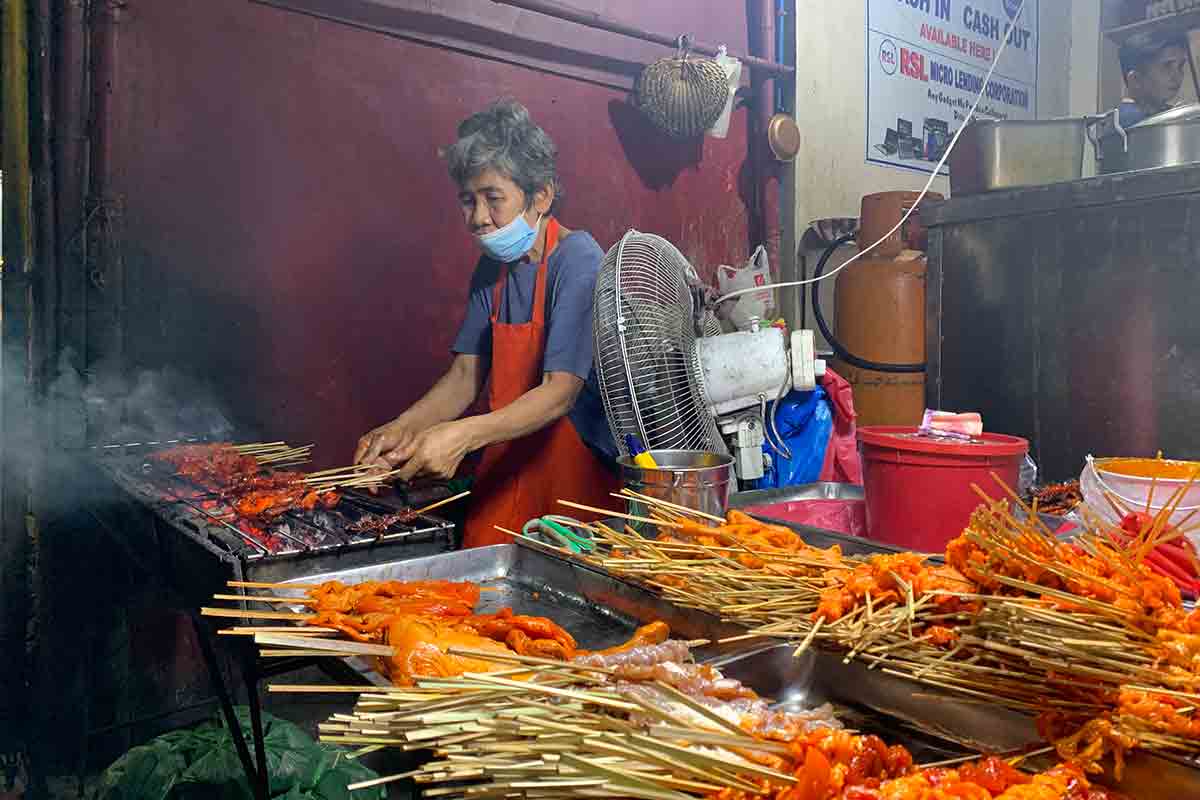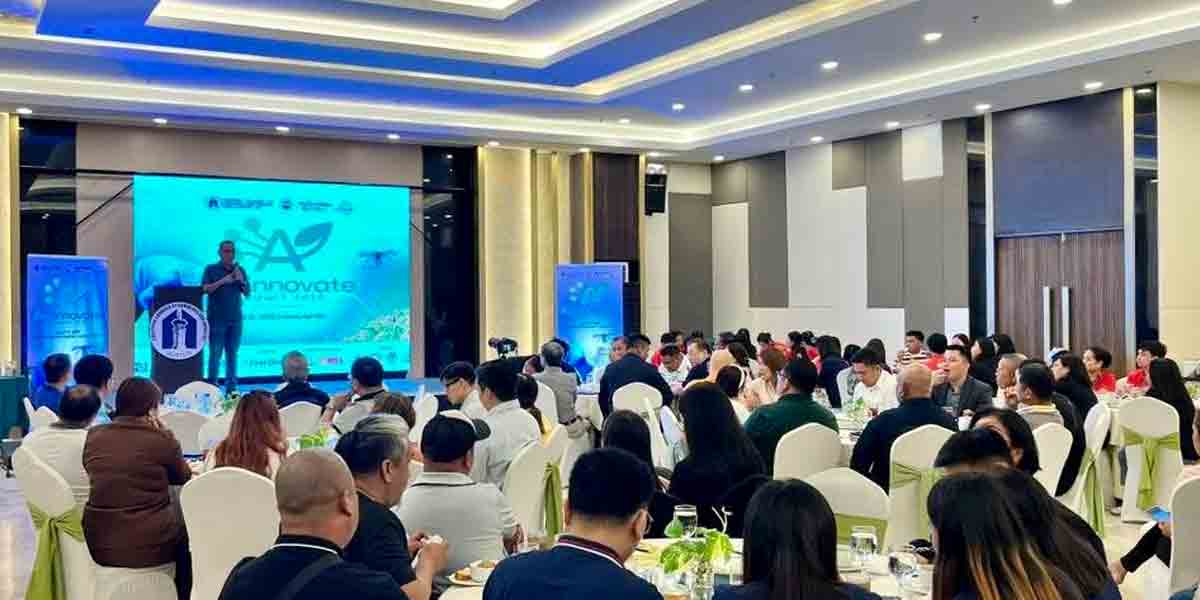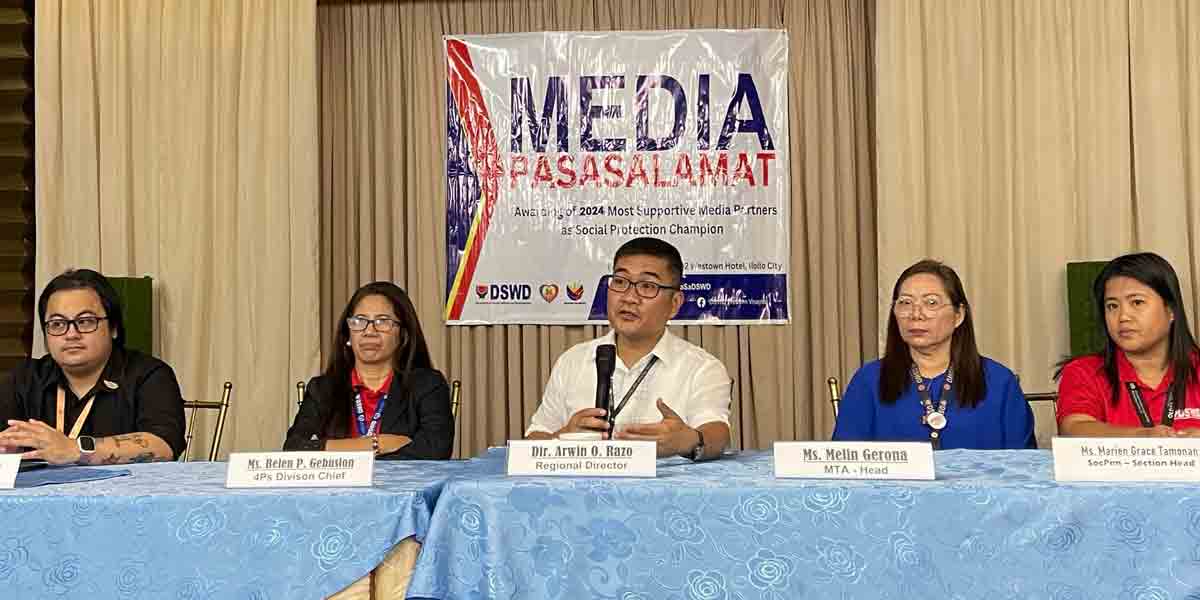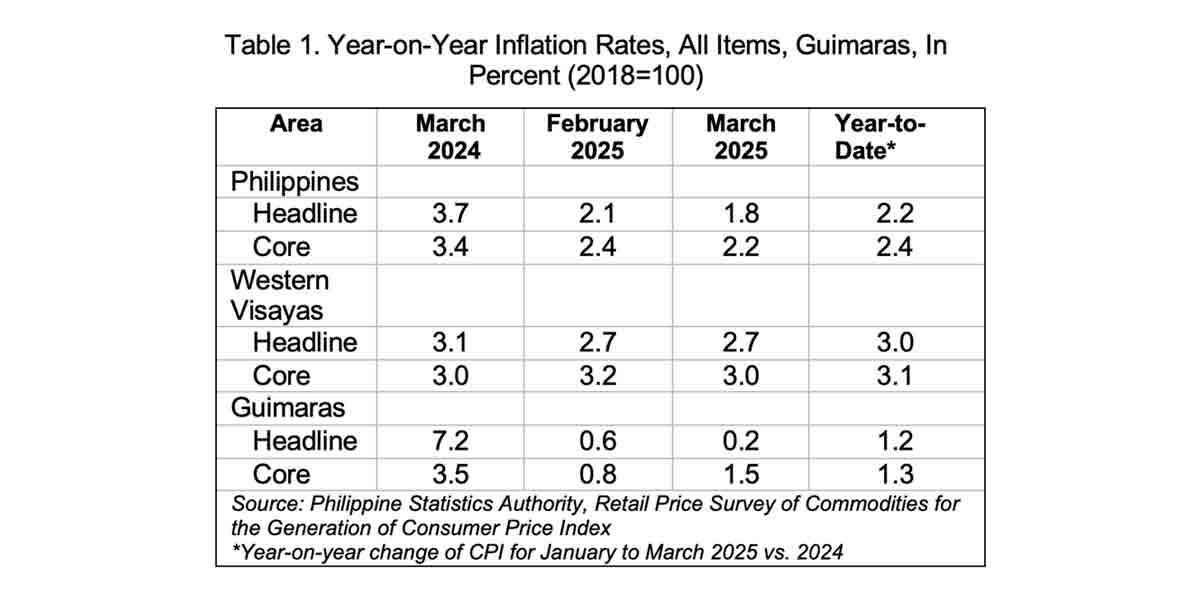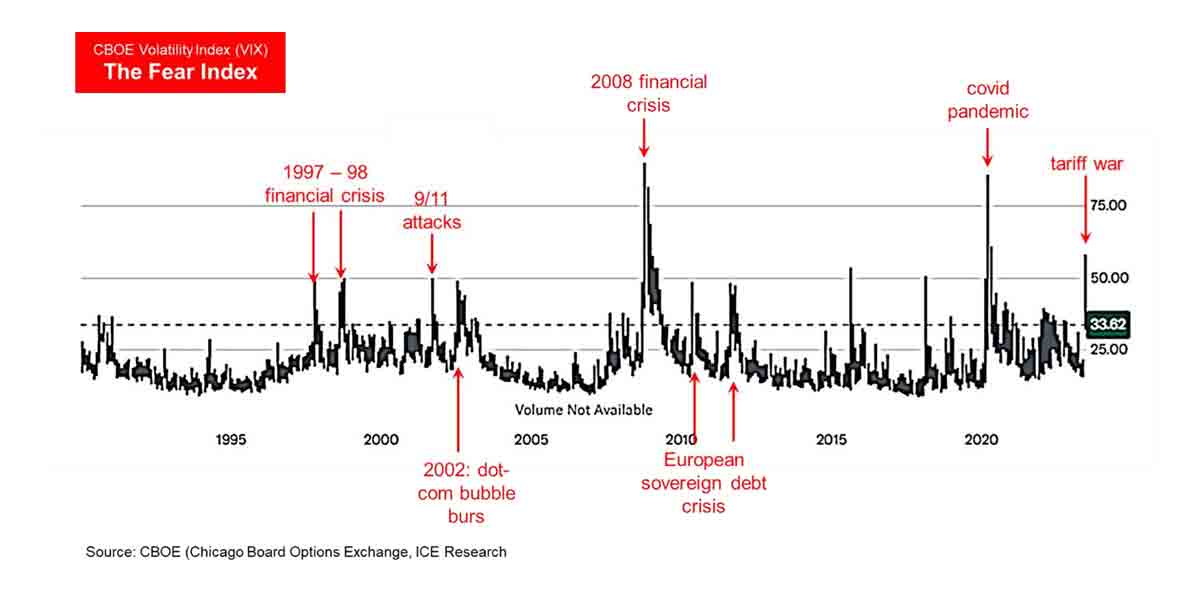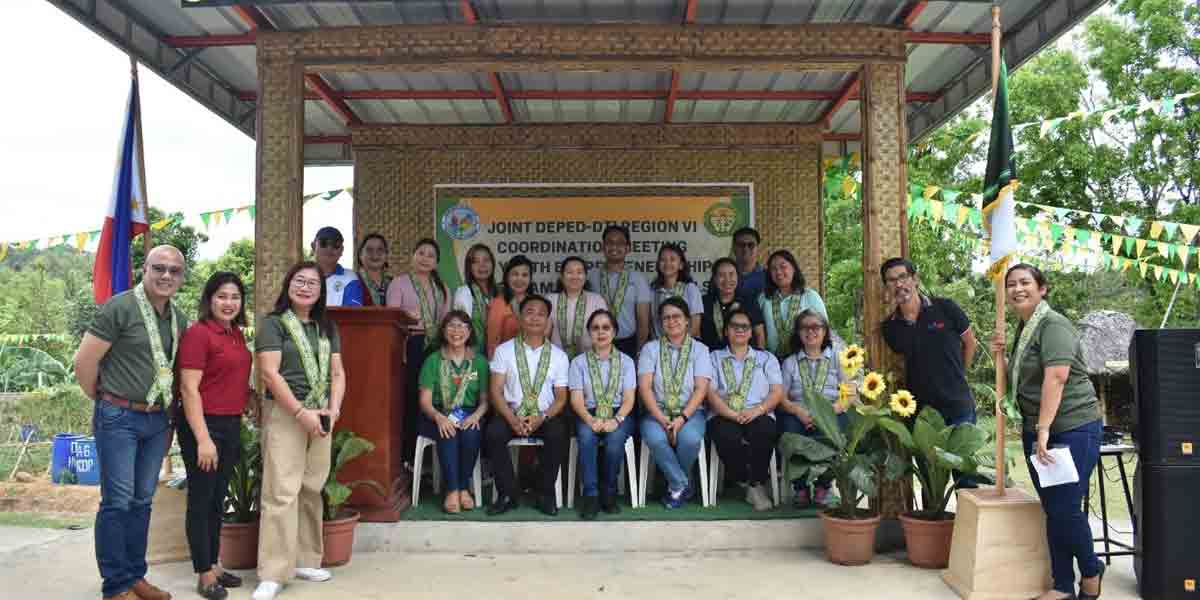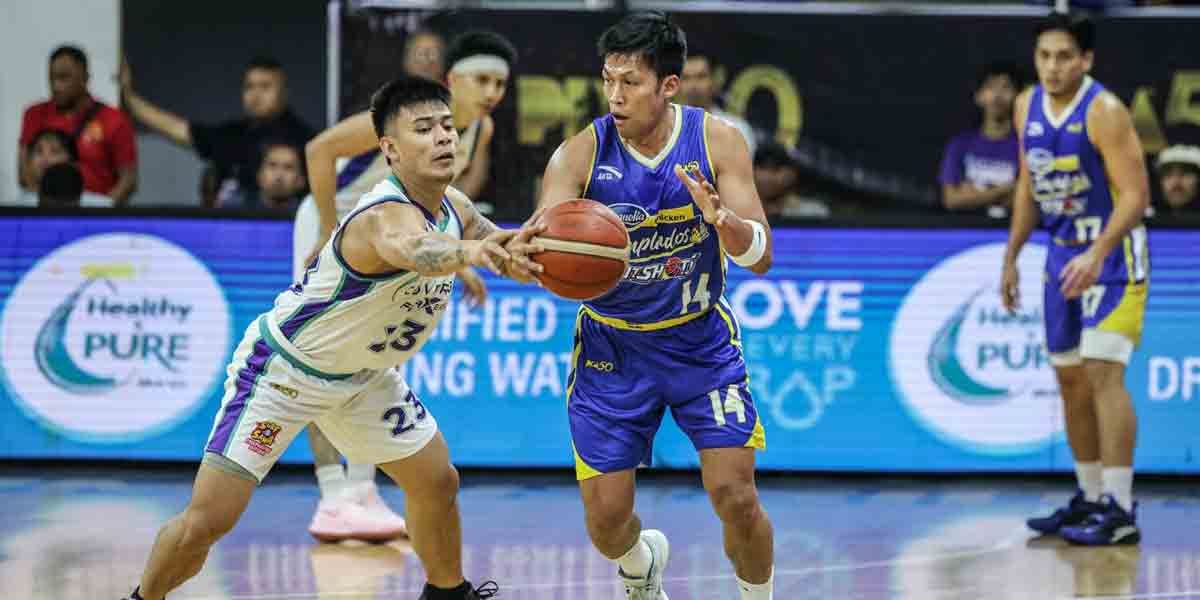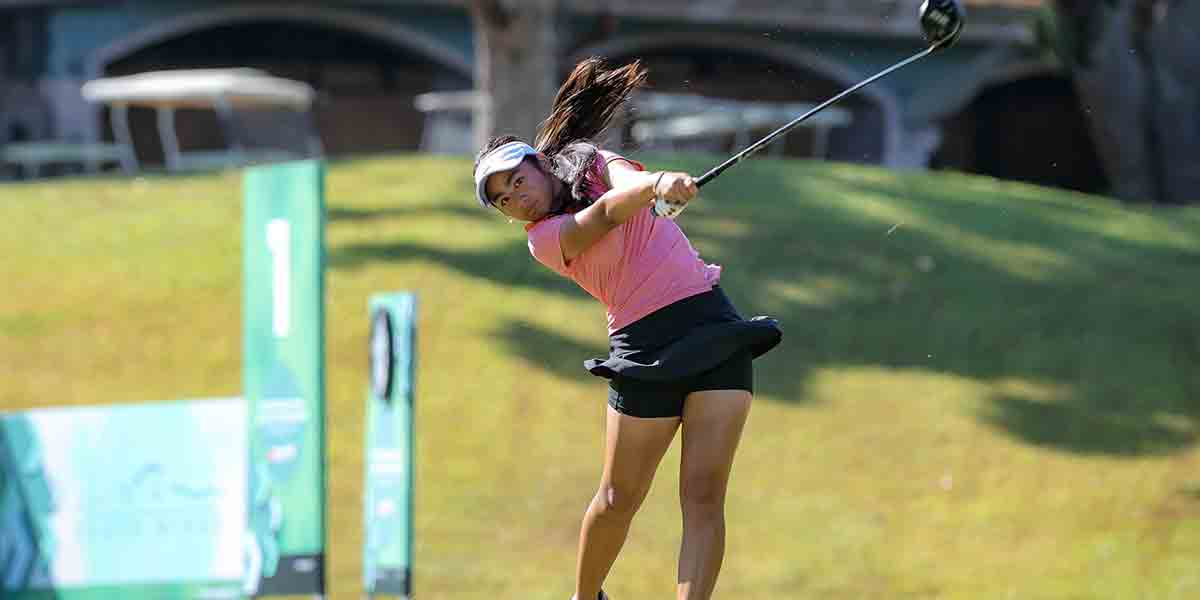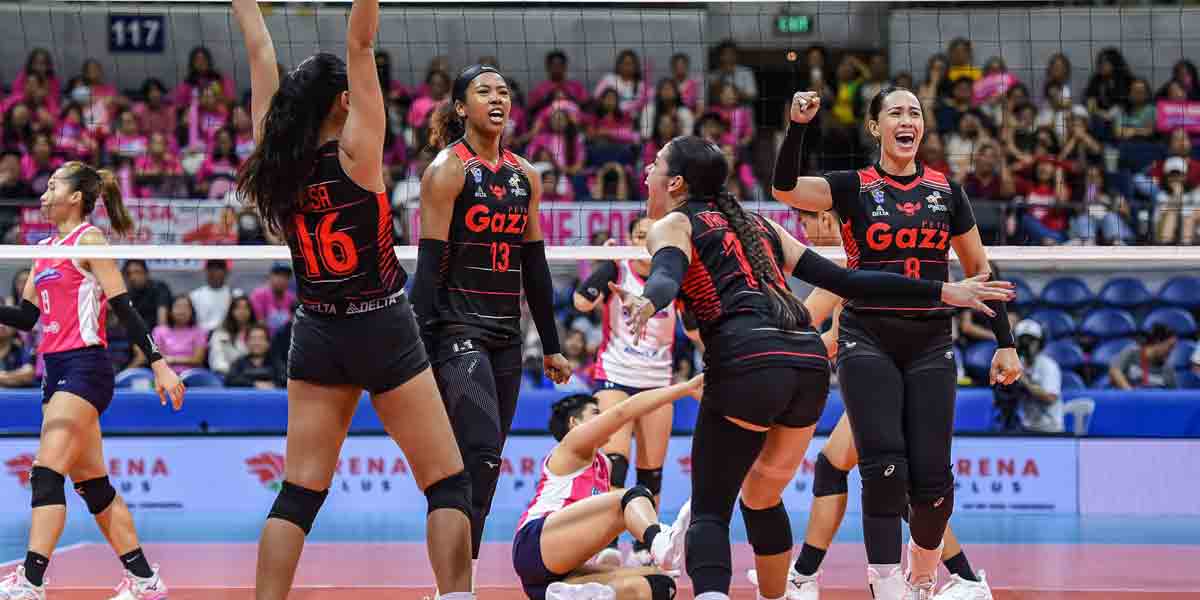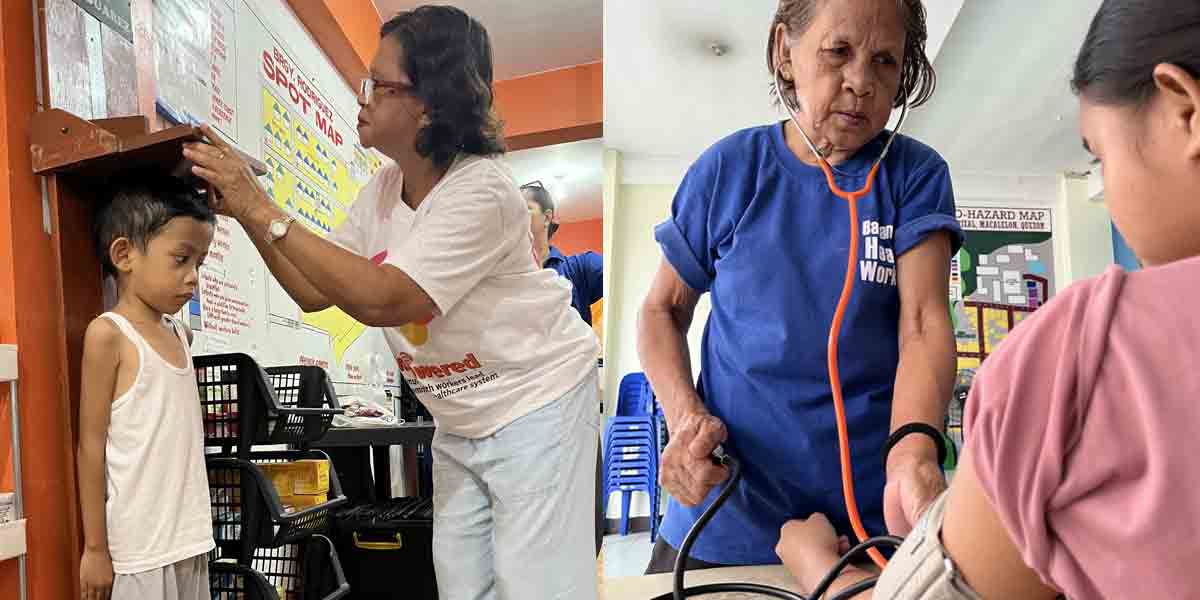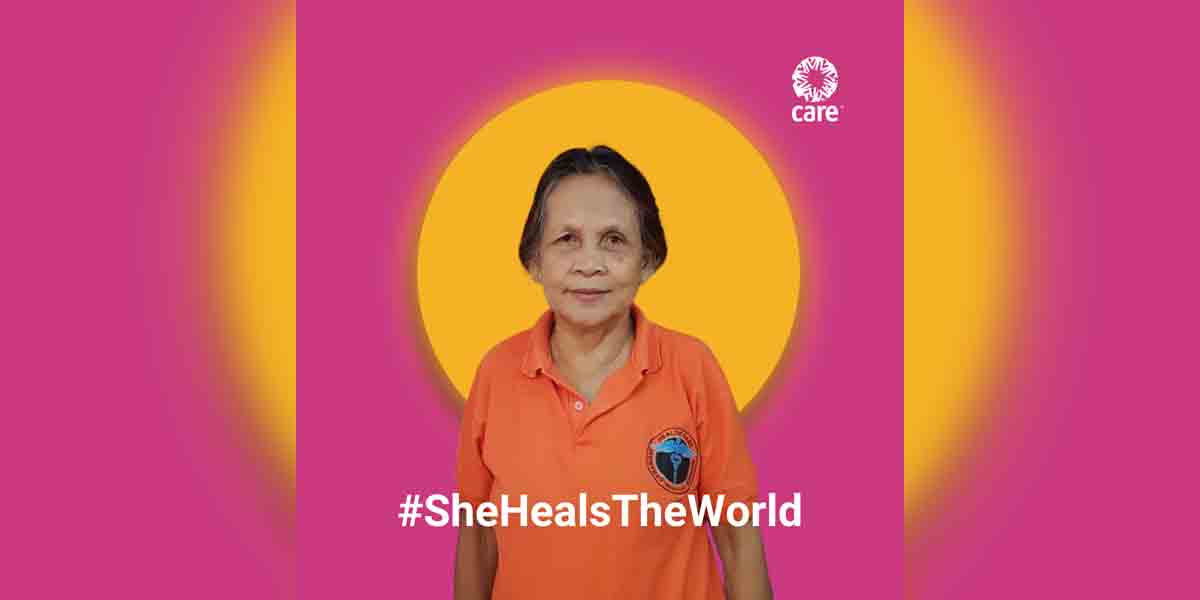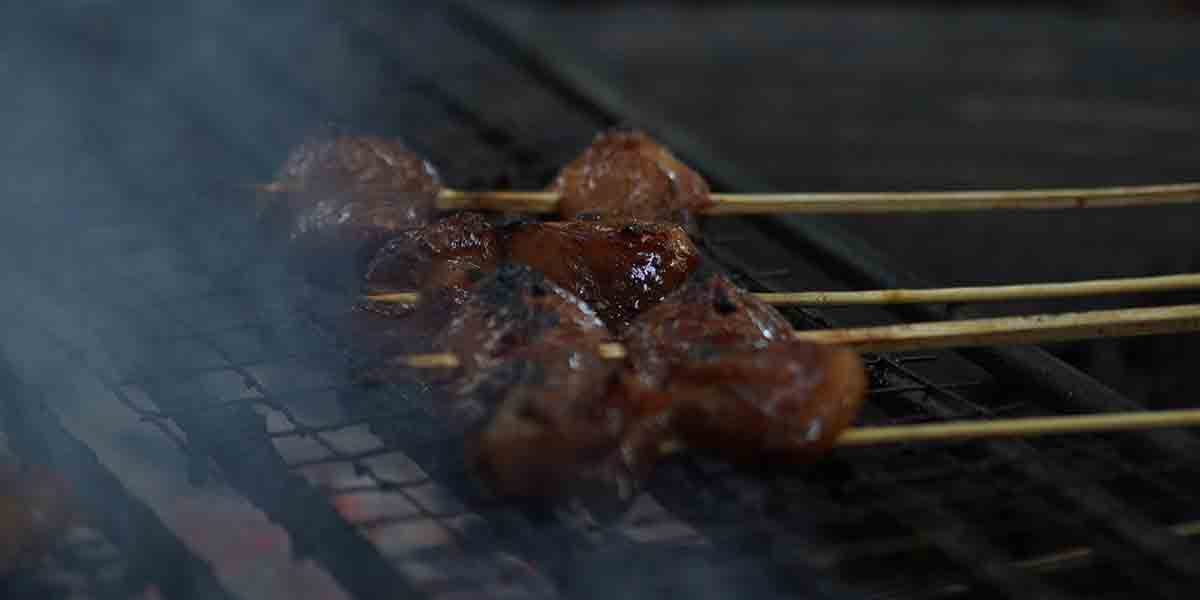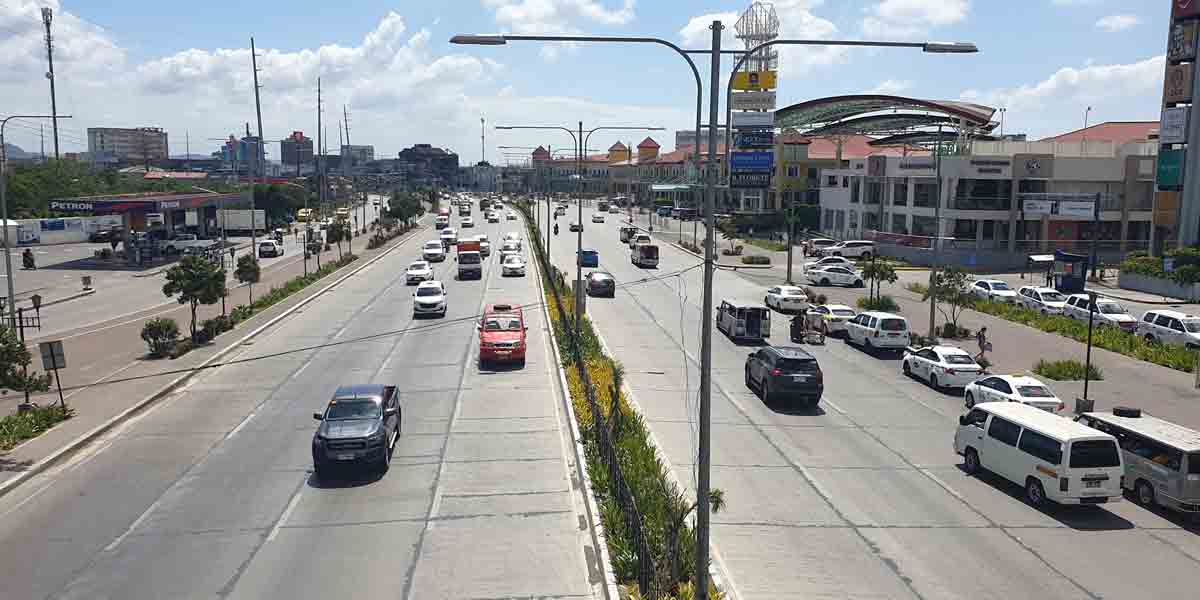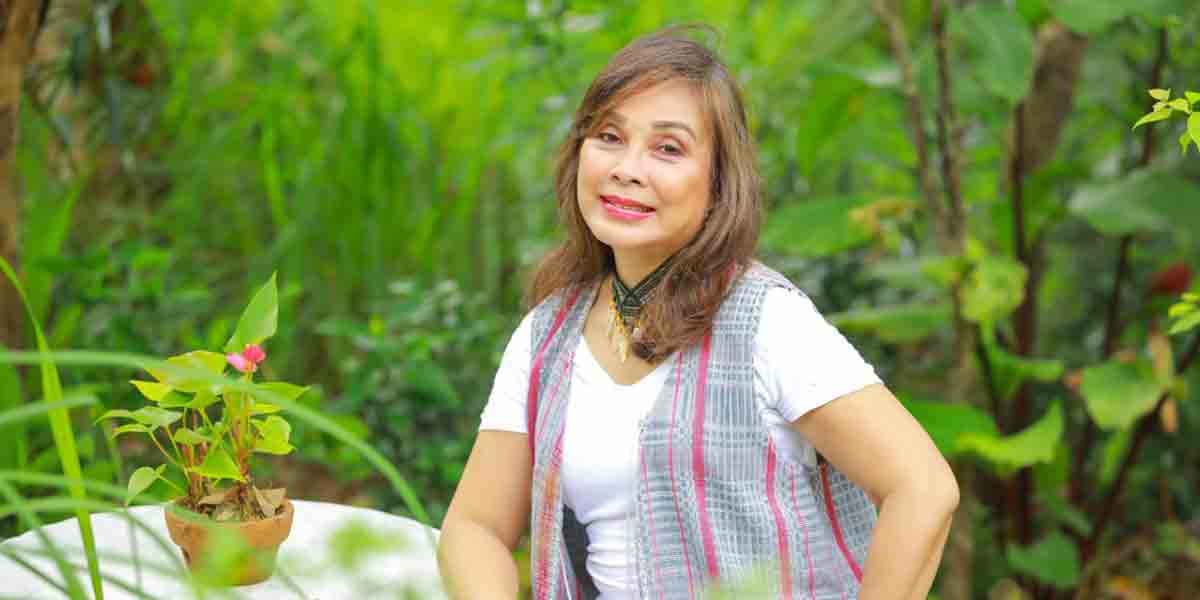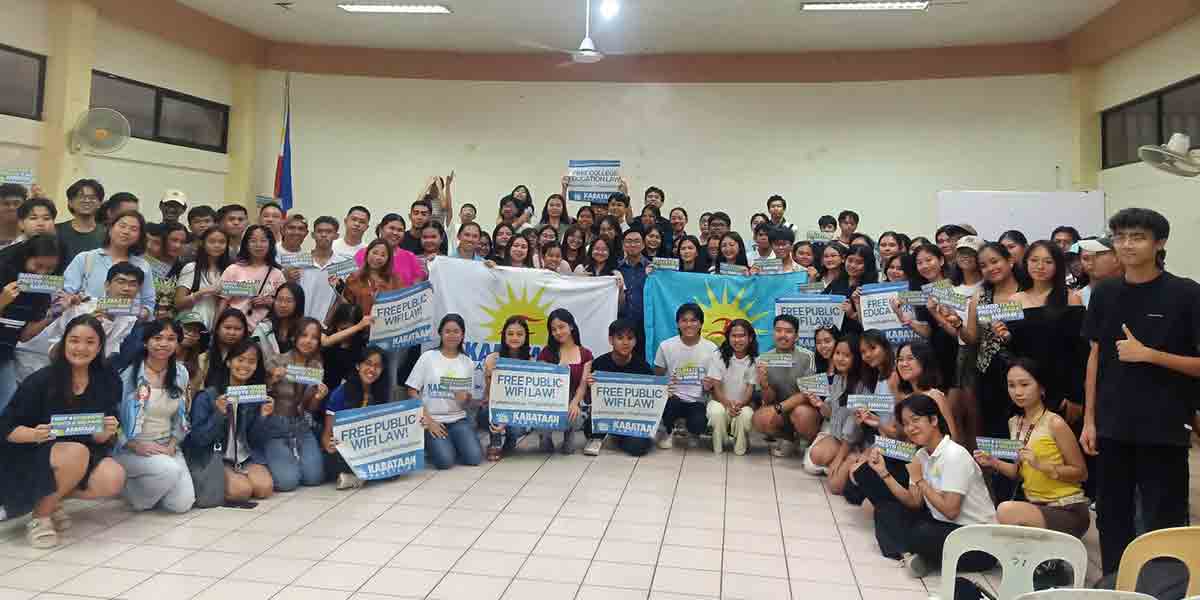
By: Jennifer P. Rendon
HUNDREDS of barangays in Western Visayas have been declared “drug-cleared” by the Regional Oversight Committee (ROC) of the Barangay Drug Clearing Program (BDCP).
The Philippine Drug Enforcement Agency 6 (PDEA-6) announced that 349 were declared free from drug affectation during the 15th ROC deliberation on July 4, 2019 at the Punta Villa Resort in Iloilo City.
Alex Tablate, PDEA-6 officer-in-charge, said 195 of the 349 barangays were affected while 154 are unaffected.
He explained that even barangays which are considered as unaffected should still pass through the validation process.
“They must still submit documentary requirements for them to be certified as drug-cleared barangays,” he said,
While affected barangays have to go through the pre-operation, operation, and post-operation phases, the unaffected villages could skip the operation phase.
“There’s no need to go through the operation because nobody would be subjected to Oplan Tokhang and the likes,” Tablate said.
In Aklan province, 9 barangays in Altavas were declared as drug-cleared; Banga, 5; Makato, 3; Malinao, 13; and New Washington, 4.
For Antique province, Hamtic has 4 drug cleared barangays, Patnongon, 2; Sibalom, 1; and Tibiao, 7.
In Capiz province, six barangays in Cuartero were declared drug-cleared; Dumarao, 8; Jamindan, 4; Maayon, 17; Mambusao, 15; Pontevedra, 6; Pres. Roxas, 4; Roxas City, 5; Sapian, 3; and Sigma, 10.
In Guimaras, five barangays were drug-cleared – 3 are in Buenavista and 2 in Jordan.
In Iloilo province, Ajuy has six barangays; Banate, 8; Carles, 15; Guimbal, 23; Igbaras, 2; Lambunao, 53; Oton, 5; San Joaquin, 57; Tigbauan, 20; and Zarraga, 5.
Five Iloilo City barangays have been certified drug-cleared.
In Negros Occidental, Bago City has 2 barangays; EB Magalona, 2; Hinoba-an, 5; Manapla, 2; Pontevedra, 3; Sagay, 4; Silay, 1; and Victorias City, 2.
The latest declaration brought the number certified drug-cleared barangays in Western Visayas to 2,468.
CERTIFICATION
Once a barangay is considered certified drug-cleared, a certificate signed by the chief of police, mayor, and PDEA regional director is issued.
Tablate noted that the certification of more than half of the 4,051 Western Visayas barangays only showed the efficiency of the drug-clearing operations.
On March 20, 2019, the ROC declared 393 barangays as drug cleared.
Prior to that, 283 barangays were also declared drug-cleared on Jan. 31, 2019.
Again, Tablate stressed the importance of drug clearing in the government’s campaign against illegal drugs.
“The barangay is the frontline of our campaign and very much challenged when it comes to our efforts against illegal drugs,” he said.
But Tablate said the most critical part is actually not by the “declaration” itself.
“Rather, it’s how these barangays should execute and do their part in maintaining said status, thus preventing the same from reverting back to being “affected,” he said.
Tablate said they continue to monitor barangays, which are declared drug-cleared.
“If we monitor the presence of drug personalities or trade present in that village, we will give them 30 days to act on it or report it to us,” he said.
If that will go on beyond the prescribed time, the barangay’s status could be reverted to drug-affected.
The ROC – BDCP is the one doing the deliberation and validation.
The BDCP is a multi-agency group composed of PDEA, Philippine National Police (PNP), Department of the Interior and Local Government (DILG), and the Department of Health (DOH), as well as the respective local chief executives (LCEs) that have jurisdiction over these barangays.
For a barangay to be finally declared as “drug-cleared” or officially “unaffected,” it must have complied with all the requirements and parameters set forth under DDB Regulation No. 3, Series of 2017 on Strengthening the Implementation of BDCP.
These requirements include:
- Non-availability of drug supply
- Absence of drug den, pusher, user
- Absence of clandestine drug laboratory
- Active involvement of barangay officials in anti-drug activities
- Existence of drug awareness, preventive education and information
- Existence of voluntary and compulsory drug treatment and rehabilitation processing desk
Cuy said these requirements are mandated under Dangerous Drugs Board Regulation No. 3 series of 2017.

